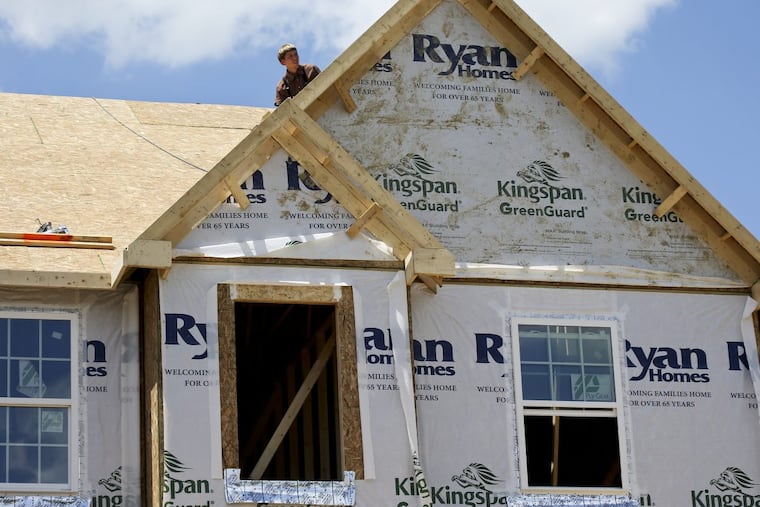How does Philly rank for green building?
Philadelphia ranks eighth among U.S. metropolitan regions in terms of the most LEED-certified residential construction projects.

While we celebrate the daily expansion of the Philadelphia skyline, it's worth considering that construction and progress can come at an environmental cost (beyond even our pedestrian struggles from closures block to block). Enter Leadership in Energy and Environmental Design (LEED) certification, which recognizes commercial and residential projects for reducing their carbon footprints, energy-related costs, and environmental impacts.
For a sense of just how much LEED-certified building is going on nationwide, get a load of Abodo's latest report, which tallies 1,318,730,894 square feet of residential projects alone. That's enough to cover about 23,000 football fields in LEED-certified construction.
The news in Philadelphia is fairly good on the residential side: The city ranks eighth among U.S. metropolitan regions in terms of the most LEED-certified residential construction projects. At most recent count, the Philadelphia-Camden-Wilmington area hosts 909 certified projects (in comparison to the national average of 207 per region), and the average size of each certified residential project is about 17,900 square feet. The Philadelphia area is not among the top 10 in commercial projects.
The greater Washington, D.C., and northern Virginia area is the official LEED capital of the United States in both residential and commercial construction. The region holds 183,363,548 square feet of sustainable residential space and 310,943,355 square feet commercially.
Other areas in the top 10 for residential construction were Dallas/Fort Worth, Los Angeles, Austin, Texas; New York, Cincinnati, Seattle, Jacksonville, N.C., and Miami.